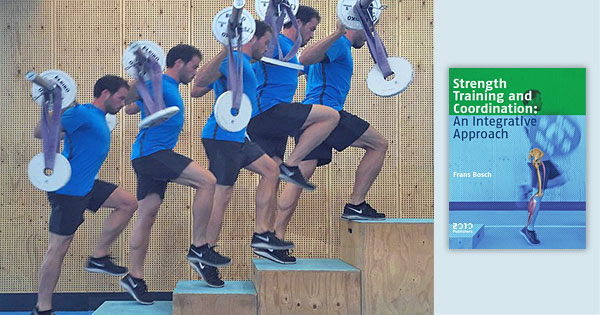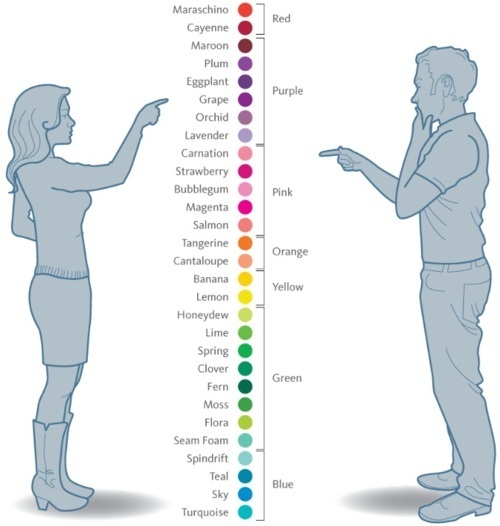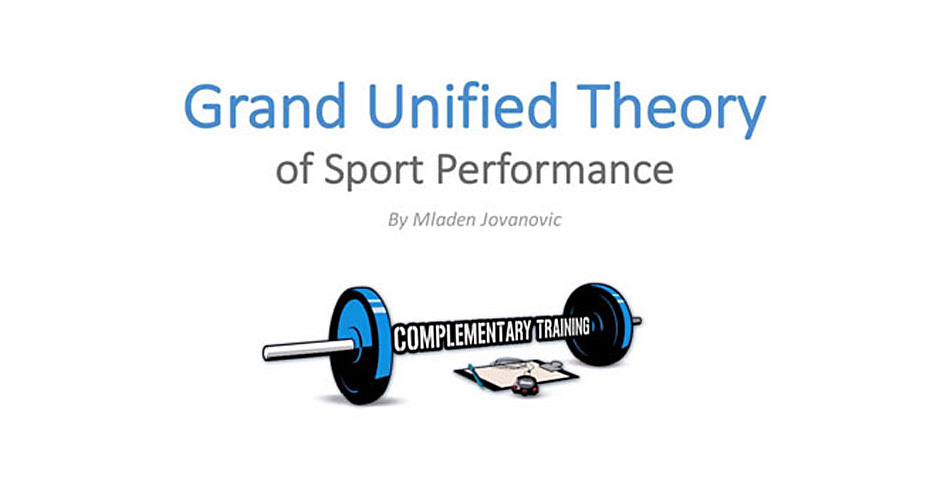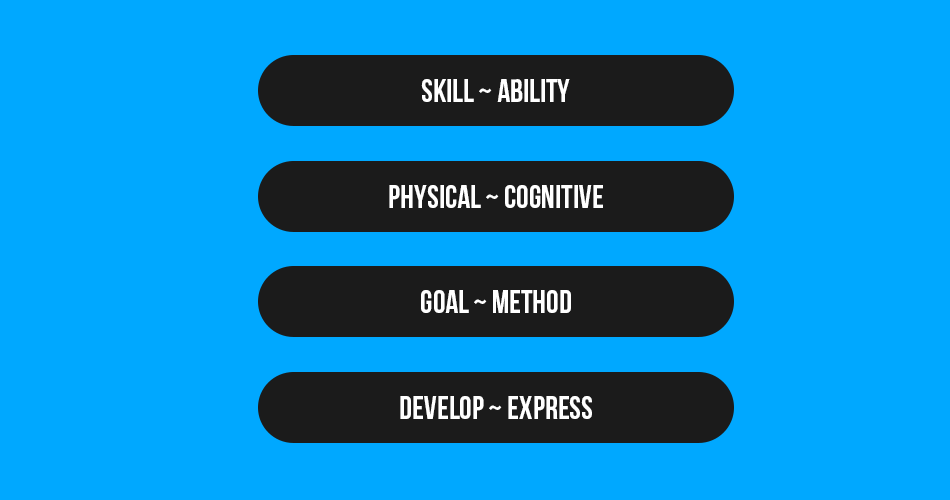Frans Bosch Book Review – Strength Training and Coordination: An Integrative Approach
Last week I finished reading the new Frans Bosch book (order here for Europe or US), and I must admit that it was a hard read. I love the books that question my understanding and the models I use to understand things. I am not sure I agree with everything he says, but I do agree with a lot – and that is what I am going to touch in this post.

All models are wrong, but some are useful
Being aware of it or not, we all use models to understand things. Some call it paradigms, lenses, whatever. But we all use them. People usually try to understand new things by trying to apply model reasoning and assumptions to the new phenomena. We all try hard to comprehend new unknown things by using model(s) we have.
Very rarely, once the model is set in, people question their models and update them or discard them completely. It is hard work. Really hard work. But once the model fails to be useful in understanding and explaining reality it needs to be ditched.
It is also important to develop this Many Model Thinking (check the recent post) approach and understand the assumptions, flaws and limits of the models we are using.
Anyway, there are certain models in performance training fields. And they are so “rooted” that we usually never question them. I tend to call this the Root Problem. One of the most dominant models are the reliance on Biomechanics and Physiology to explain everything, which eventually resulted in the bio-motor qualities model. We have spent years and years trying to understand the hierarchical structures of those/this models. And once this model is set it, we use it to to understand things, plan things and so forth (see Periodization Confusion).
Examples of reasoning using bio-motor abilities models are everywhere and hence the paradoxes that emerged. For example, someone use to say that using 40-70% 1RM is the best load to develop power. I call this B.S. Then we have VO2max intervals used to develop VO2max. I also call this B.S. Most of my writings on Complementary Training is actually pointing to the flaws of this model and reasoning.
This model is useful to a degree, but eventually becomes limiting in our understanding of reality. The problem is very similar to factor analysis in statistics. Imagine we have a lot of tests and features and we are looking to make things simpler, by extracting factors or latent variables from those tests. Basically trying to find tests that correlate between themselves and don’t correlate with other tests.
This is pretty much rationale behind bio-motor qualities – making things simpler to comprehend. But, what we forget is that it is only a model and there are nuances involved.
Take a look at the following image:

Funny as it is, male color model is much more simpler than females, but it misses a lot of nuances – similarity between different colors and differences of the colors in the same bucket. So, the models (in this case color buckets) are just a mental economy we use to simplify things. This is useful, but sometimes limiting. In a sense, bio-motor abilities model is just a collection of color buckets.
As you are probably familiar, I am a big fan of Steve Magness and his writing. He recently wrote really good piece on basically the same problem – how S&C coaches uses their models (physiological models) to understand endurance performance and hence coaching, and how flawed it is.
Make things simple, but not simpler
I think Frans Bosch’s book ”Strength Training and Coordination: An Integrative Approach” is pointing in the same direction.
In the video below I’ll cover the following topics:
- Structure – Function (Verkhoshansky graph)
- Qualities in team sports
- Who is responsible for the result?
- Death of S&C (James Smith podcast for Rugby Strength Coach)
- Via Negativa – two processes
- GUT: Grand Unified Theory











Responses